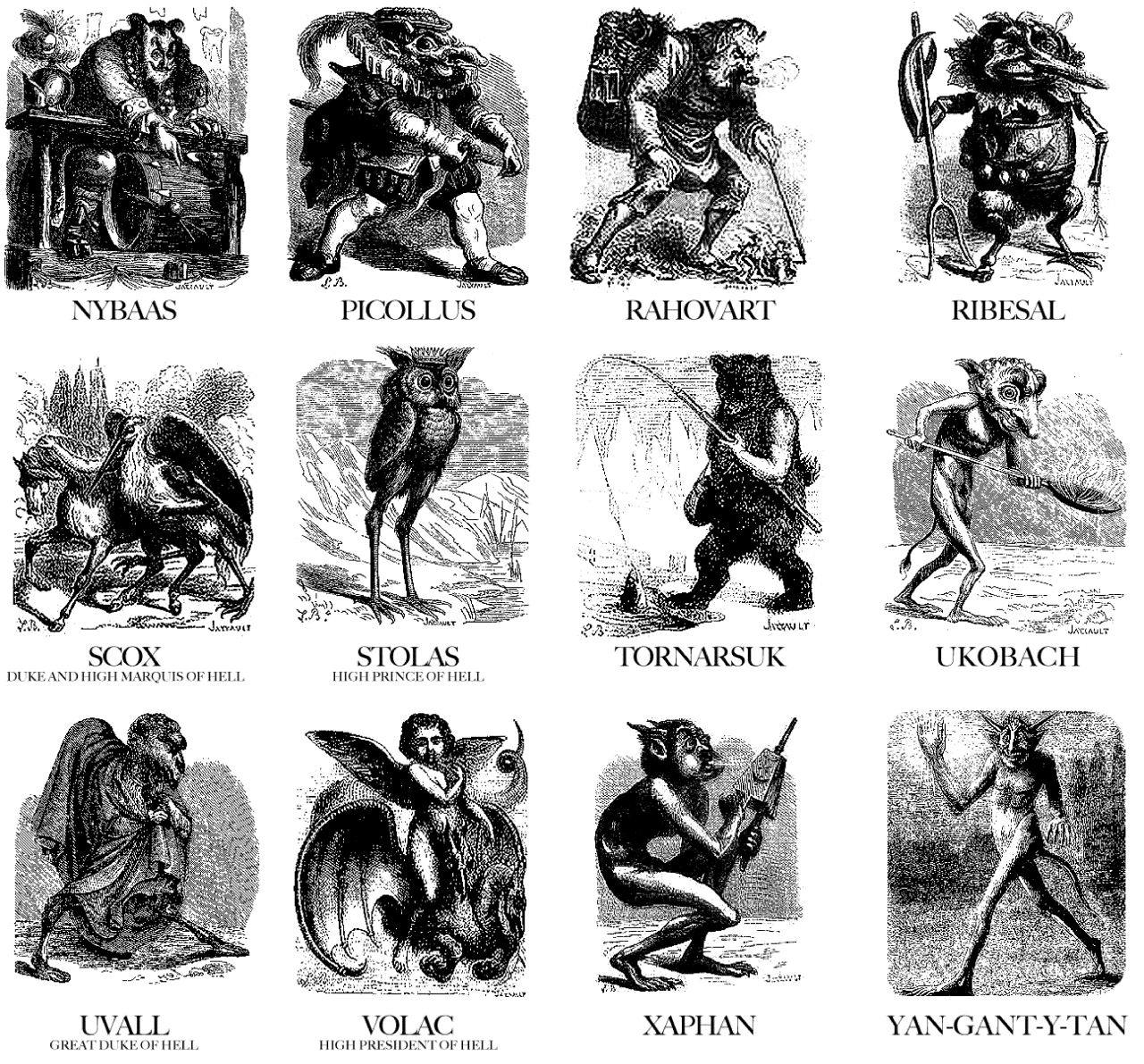

Demons in the dictionnaire infernal manual#
The work of Psellus would inspire many other later demonic classifications, from various occult authors to the witch hunting manual by Francesco Maria Guazzo. Michael Psellus prepared the influential De operatione dæmonum (On the Operation of Demons) in the 11th century, with a taxonomy dividing demons into six types: Leliurium (Igneous), Aërial, Marine (Aqueous), Terrestrial (Earthly), Subterranean, and Lucifugous (Heliophobic). The date is very dubious, though it is considered the oldest surviving work particularly concerned with individual demons. The Testament of Solomon is a pseudepigraphical work, purportedly written by King Solomon, in which the author mostly describes particular demons whom he enslaved to help build the temple, the questions he put to them about their deeds and how they could be thwarted, and their answers, which provide a kind of self-help manual against demonic activity. Most authors who wrote theological dissertations on the subject either truly believed in the existence of infernal spirits, or wrote as a philosophical guide to understanding an ancient perspective of behavior and morality in folklore and religious themes. The classifications of these fallen angels are based on many other characteristics as well, such as behaviors that caused their fall from heaven, physical appearances or the methods that were used to torment people, cause maladies, or elicit dreams, emotions, etc. The study of demonology was historically used to understand morality, behavioral tendencies, and has even been used as symbolism to relay anecdotal tales in with which they lure people into temptation and may also include the angels or saints that were believed to have been their adversaries an idea which derived from the Biblical battle between the Archangel Michael and the Antichrist in The Book of Revelation ( 12:7-9) describing a war in heaven which resulted in Satan and his angels being expelled from Heaven. Theologians have written dissertations in Christian demonology, classical occultism, classical mythology and Renaissance magic to clarify the connections between these spirits and their influence in various demons. There have been various attempts throughout time of the earth existing by theologian scholars in the classification of Christian demons for the purpose of understanding the biblical and mythological context of adversarial spirits.


 0 kommentar(er)
0 kommentar(er)
